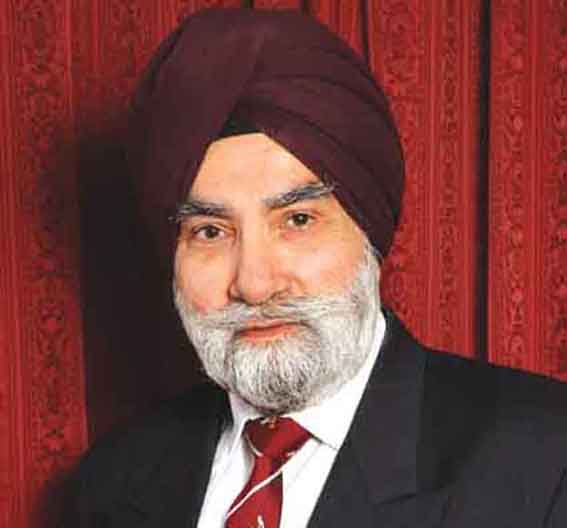Memory of June 1984 Should Unite the Sikhs as a Global Qaum

In June 1984, Indian Prime Minister, late Indira Gandhi, was able to ignore all constitutional safeguards and the rule of law and misused the army and state agencies to start a 10-years long genocide against the most loyal Indian minority, the defenders of India, the Sikhs. The same questions are asked by the global Sikh community in June every year as they remember the thousands of Sikhs who lost their lives in Panjab and later in Delhi and the rest of India.
Earlier events from 1947 to June 1984 had kept reminding the Sikhs that their survival depended on their continual assertion that they were with India by their own free will. By June 1984, the political stance adopted by Prime Minister Indra Gandhi towards the Sikhs was hostile and dictatorial. The Constitution (through the President and the judiciary) and the Parliament of the people, could not stop her from ordering the Indian army to turn against own loyal citizens, the Sikhs of Panjab.
She was able to confine the Sikh President, Giani Zail Singh, to the Rashtrapati Bhavan (Presidential Palace) instead of seeking timely advice from him about the causes of unrest in Panjab stirred by communal politics. In fact, to outside observers who were able to meet the President, he gave the impression of being a virtual prisoner at the Presidential Palace by the end March 1984. In the preceding years, he had been taken away from Panjab politics. Some argue that he was seen by Indira to be too keen to promote Sikh ethos in Panjab by memorialising Sikh history, the Gurus and martyrs even though such projects were promoted in other states.
In 1947, political s of India changed from the white British sahibs to brown upper caste Brahmanic-Hindu sahibs. However, the vast majority of Indians and minorities like the Sikhs never gained true freedom from centralised colonial style institutions and rule, except that it was no longer from London but from Delhi.
For the Sikhs, who had led the freedom struggle empowered by the egalitarian socio-political revolution started by Guru Nanak Sahib against any form of totalitarian rule, partition of the Indian sub-continent in 1947 started the next phase of the same revolution. Pre-independence promises made to the Sikh Qaum by the wily upper class Congress leaders leaning heavily towards Hindutva political objectives, had been forgotten and the Sikh case remained and continues to be a running sore.
The need for the Anandpur Sahib Resolution (1973), with a list of Sikh demands was felt by the Sikh nation. Then followed a sequence of events leading to the massive blood-shed in 1984 and the following decade. Operation Blue Star attack on Darbar Sahib and about 40 other Gurdwaras, was carried out between 1 and 10 June 1984. In the months that followed, a clean-up operation code-named Operation Woodrose was started throughout Punjab to prevent the outbreak of widespread public protest in the state.
The two army operations were in the nature of an army invasion of the Sikh homeland. Paradoxically, the 1984 army invasion of Panjab also reminded the Sikhs not only of Jang Hind-Panjab after Maharaja Ranjit Singh a hundred years earlier but also of their distinct nationhood. A reminder that they are with the Indian people by own choice, albeit, as a political entity, the Khalsa Panth.
Gurmukh Singh OBE
Principal Civil Servant Retd